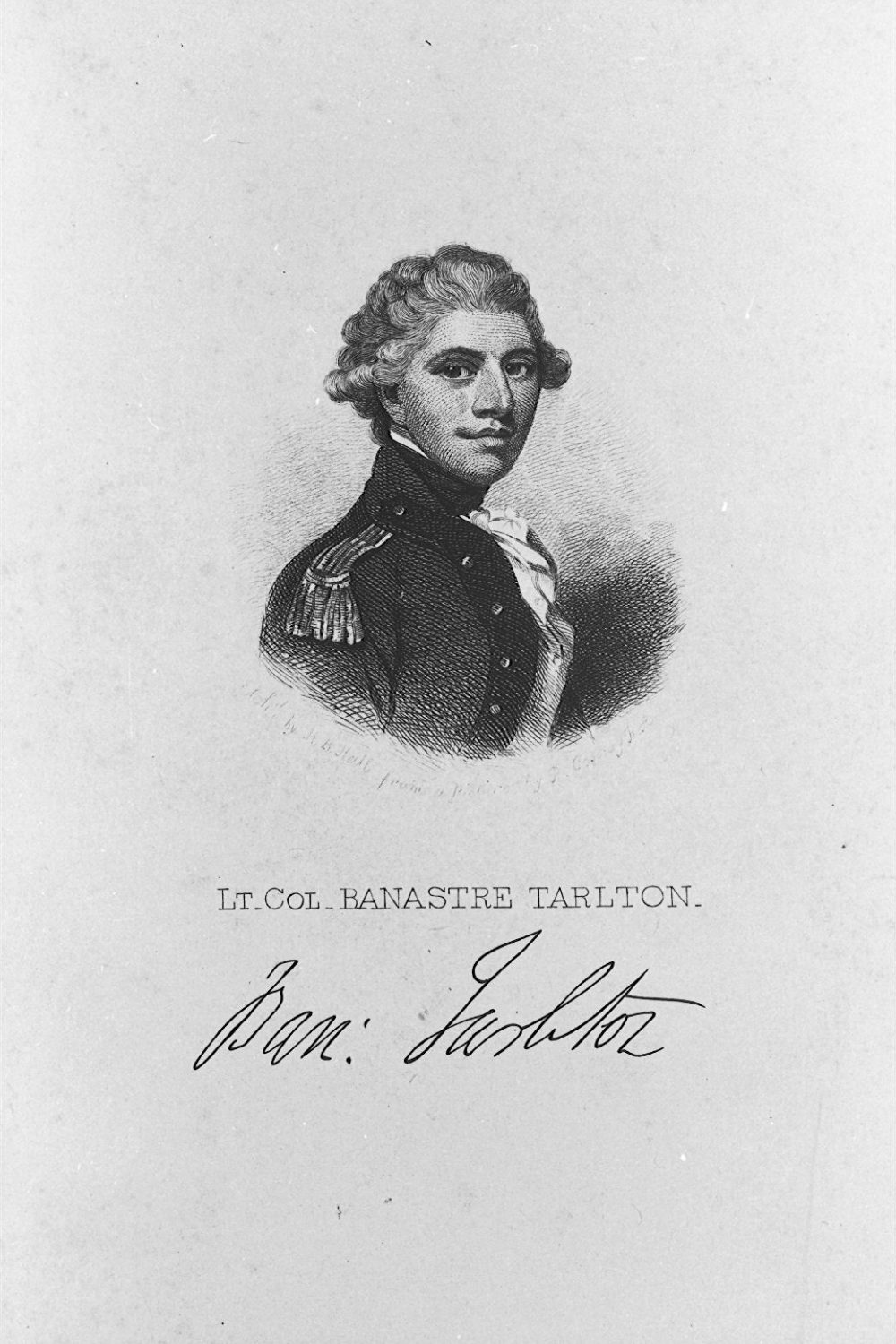
Portrait of Banastre Tarleton, courtesy of the South Carolina Historical Society
In the winter of 1779, the British decided to expand their presence in the South with a third attempt to take Charleston. General Sir Henry Clinton was in command of the British forces and sent approximately 10,000 troops to reclaim the city. They arrived by ship in February 1780, and landed 30 miles south of Charleston. By the end of March, the British encircled the city. On April 12, Clinton ordered Lt. Colonel Banastre Tarleton and Lt. Colonel James Webster to head inland to defend the British and cut Charleston off from lines of reinforcements, supplies, and communication. The Continentals had successfully sent reinforcements to Charleston on April 8 and more Patriot troops were approaching.
The Patriot commander of the Southern Department was Major General Benjamin Lincoln. On April 12, he sent General Issac Huger to keep access to the Cooper River, and thereby Charleston, open to the Continentals. Huger had about 500 ill-equipped men with him in Monck’s Corner, a small village 32 miles to the north of Charleston. Many of the patriots were without guns or ammunition. Some of Huger’s militiamen were stationed at Biggin Bridge, which ran over a creek just to the north of Monck’s Corner.
On the evening of April 13th, under Tarleton’s command, about 1,400 British and Loyalist soldiers quietly approached Monck’s Corner. On the way, they intercepted a letter addressed to General Lincoln that described the position of the Patriots. With this advantage, they traveled 12 miles in near-silence. At 3:00 am on April 14th, Tarleton’s men charged into the main Patriot camp. The surprised men fled into the surrounding swamps, leaving their horses as they tried to escape capture. A second British charge attacked the militia at Biggin Bridge, also dispersing the Patriots into the swamp. The encounter was a thorough victory for the British, who lost only 3 men. In contrast, 33 Patriots were killed and another 63 were captured. Even more importantly, the British captured 185 horses and 30 wagons loaded with ammunition, arms, and clothing. Tarleton was able to provide mounts for his entire calvary with the captured horses.
The victory at Monck’s Corner, also known as the Battle of Biggin Bridge, gave the British control of the west branch of the Cooper River, which allowed them to seal off Charleston from the mainland. The encounter was Banastre Tarleton’s first success in the Southern Theater and illustrated his willingness to charge the enemy. Following the battle, the British occupied the plantation of Sir John Colleton’s widow, where several southern women were seeking shelter. Tarleton’s men abused the women and, although the soldiers were reprimanded by Loyalist Major Patrick Ferguson, the incident added to Tarleton’s image as a fearful leader.